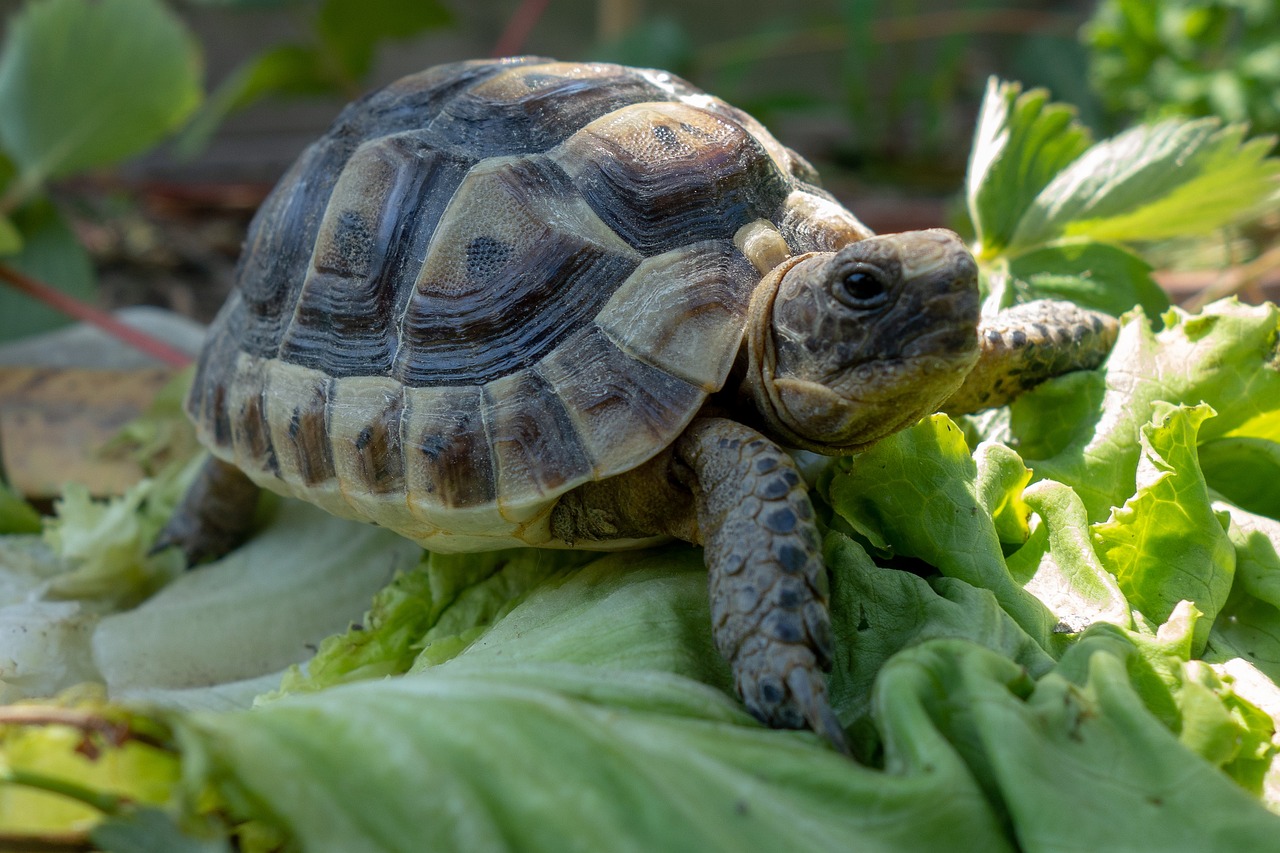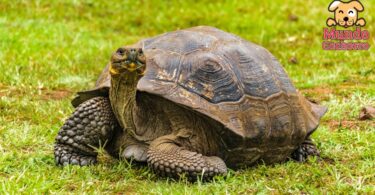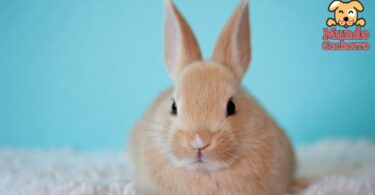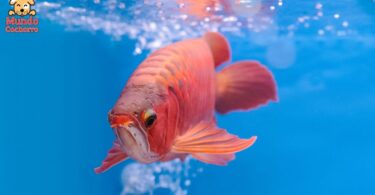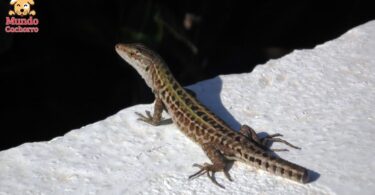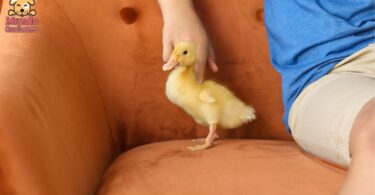Do you want to build the best terrarium for your tortoise? Then you are in the right place. Here is a step-by-step guide to building the best terrarium for your tortoise.
Terrariums are captivating environments that offer an optimal habitat for tortoises, providing them with a safe and stimulating space to live. Creating the best terrarium for a tortoise involves considering a variety of factors, from habitat size to lighting and layout.
In this post we have prepared a series of recommendations that will serve as a guide to design an ideal terrarium for these beloved pets.
Guide to a terrarium for the land tortoise
Size and space:
It is crucial to provide adequate space for the tortoise to move around and explore. For an adult tortoise, a terrarium with an area of at least 3 square meters is recommended. This ensures that the animal has enough space for walking, climbing and daily activities.
Substrate:
The substrate should mimic the tortoise’s natural environment. A substrate mixture composed of soil, moss, coconut fiber and sand can be ideal. This allows the tortoise to dig and bury itself, mimicking its natural behavior.
Lighting and heating:
Tortoises need access to ultraviolet light (UVB) for the synthesis of vitamin D3, essential for calcium absorption. A UVB lamp should be installed in the terrarium to provide this light, in addition to a heat source, such as an incandescent lamp or ceramic bulb, to maintain a suitable temperature between 25-30°C during the day and a slight decrease at night.
Shelters and hiding places:
Including shelters and hiding places in the terrarium is crucial for the tortoise to feel safe. You can use logs, caves or wooden structures to provide areas where the tortoise can hide and rest.
Water and food dishes:
Provide a large dish with fresh water for drinking and soaking. Ensure that the turtle can easily access the water without risk of drowning. In addition, he places separate dishes for feeding, offering a balanced diet that includes green leafy vegetables, fruits, and occasionally small amounts of protein such as worms or insects.
Maintenance and cleaning:
It is essential to keep the terrarium clean to prevent diseases. Regularly remove food debris and clean the water dish daily. Change the substrate from time to time and perform a thorough cleaning of the terrarium to eliminate bacteria and odors.
Veterinary supervision and care
Schedule regular visits to a reptile veterinarian to make sure the tortoise is healthy. The veterinarian will be able to check their health and provide guidance on feeding, care and any specific needs.
Creating the best terrarium for a tortoise involves understanding its basic needs and replicating its natural environment. A suitable environment not only promotes their well-being, but also allows these fascinating creatures to live a full and healthy life in captivity.
Image courtesy of https://pixabay.com, all rights reserved.


